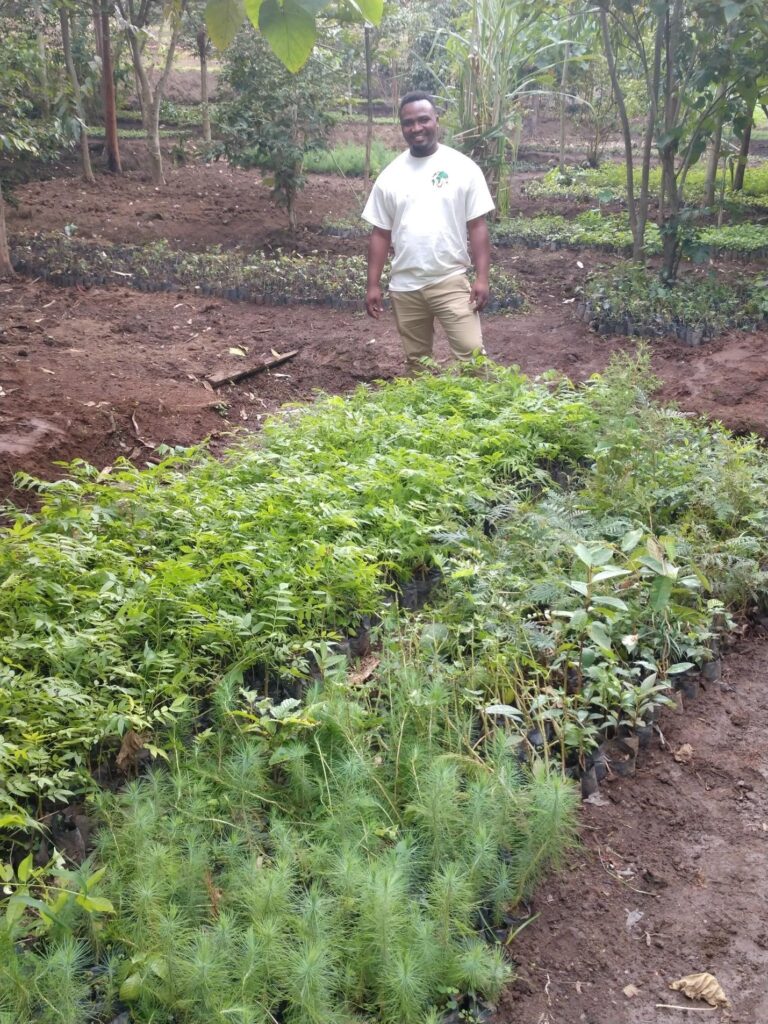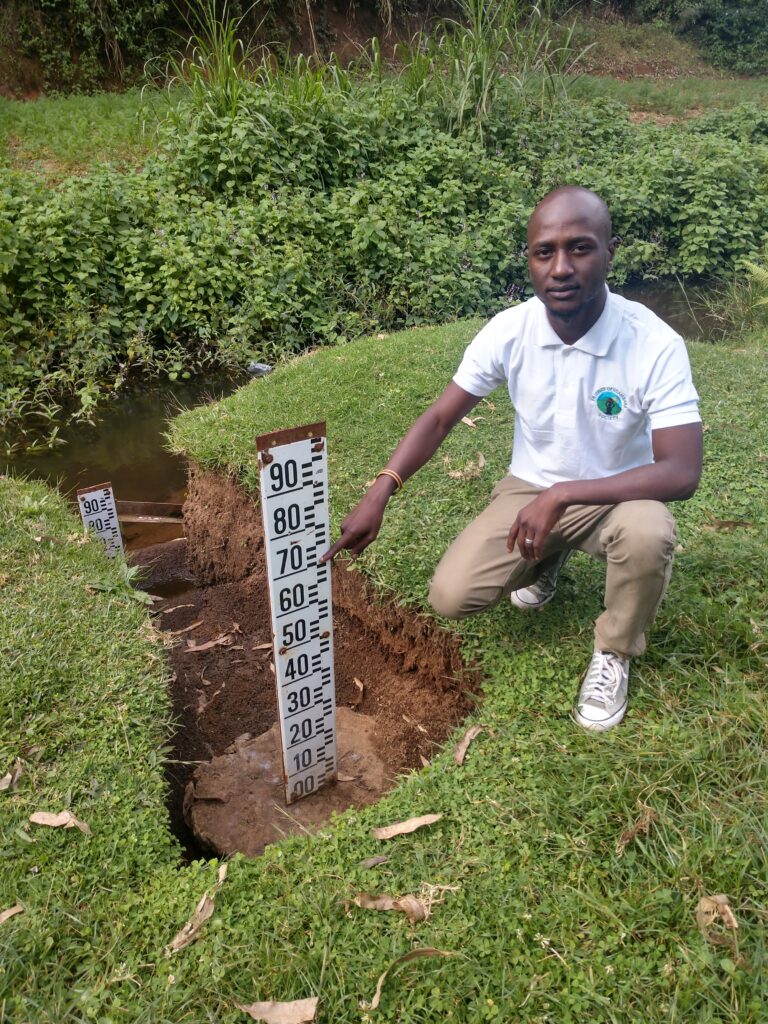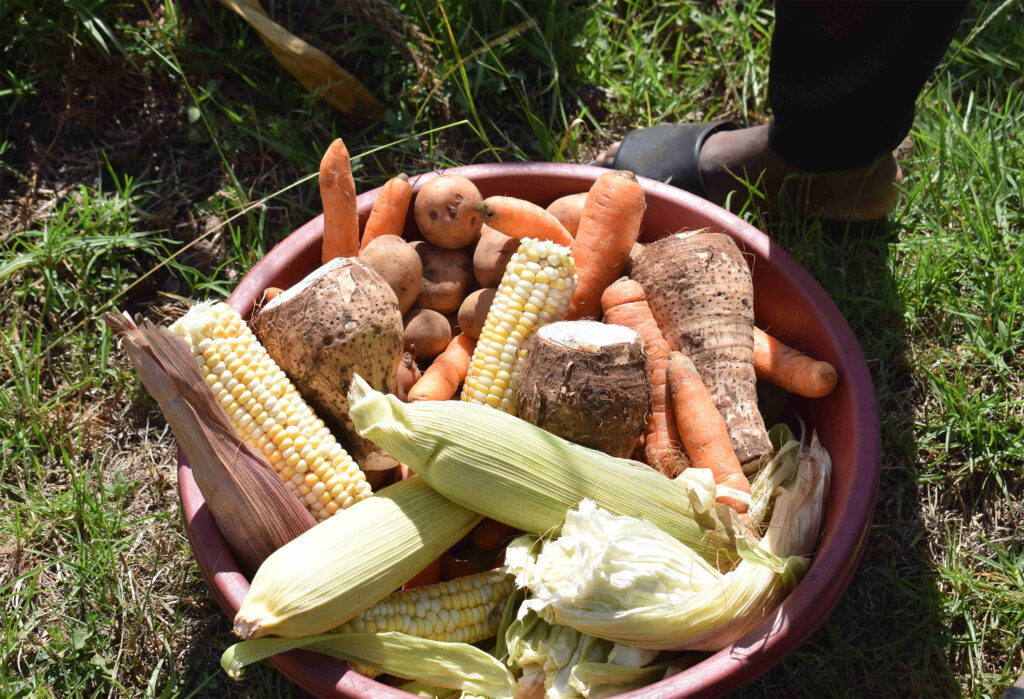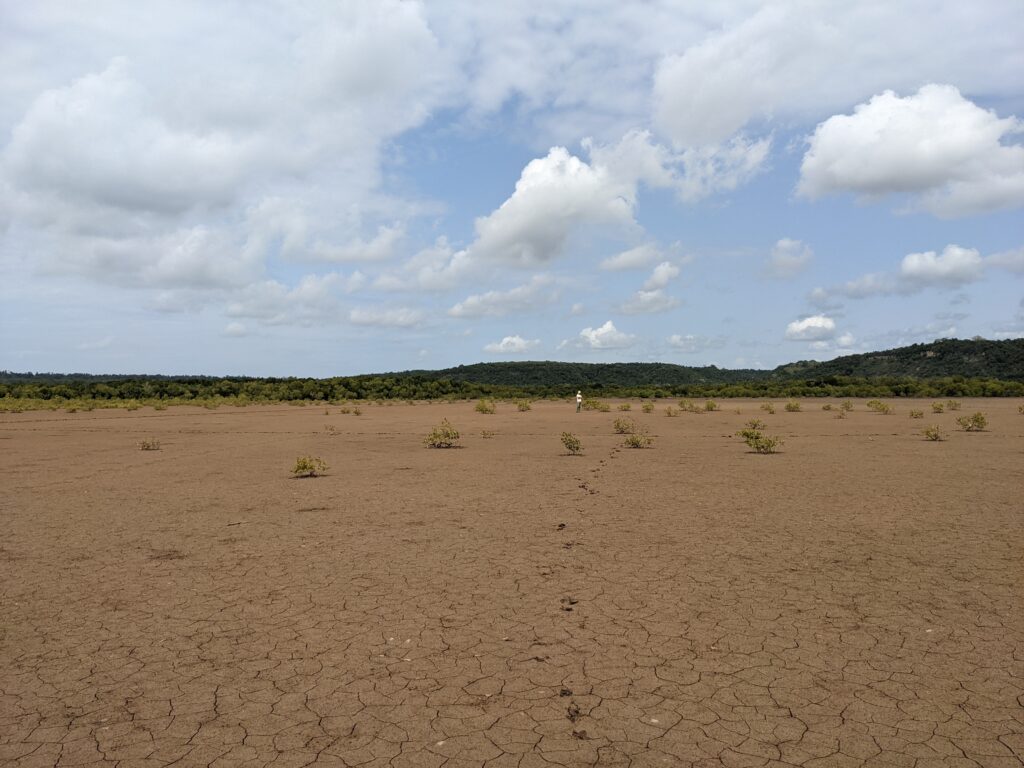In the News: Planting Trees
A recent and well-researched New York Times article – Can Planting a Trillion New Trees Save the World? – focused on a topic near and dear to us: planting trees. It was good to see friends of our organization, including Dr. Stephen Fitch of Eden Reforestation Projects, recognized for their important work.
Author Zach St. George covered the topic in exquisite detail. But when it comes to trees and saving the world, there may not be enough column inches to delve into all the aspects of the benefits of reforestation. With that in mind, we’d like to share even more information about tree planting.
Nurseries
Well-run tree nurseries are essential to these large-scale projects. As with any species, well-nourished babies have a better chance of becoming robust grown-ups, and trees are no exception. Our tree-planting partners in Morocco (the High Atlas Foundation) and Tanzania (Friends of Usambara Society) have developed a robust hub-and-spoke model for their nurseries. Our partners distribute the nurseries in locations that can easily support nearby projects. The proximity issue can be a big deal when considering the poor quality of some of the access roads in these countries.

Just a few of the 12 million tree seedlings at the main Friends of Usambara nursery in Lushoto, Tanzania.
All things being equal, the multi-year survival rate for seedlings grown in a quality nursery is 90%+. We agree that the “spray and pray” approach of dropping seed-balls from a drone is likely not adequate, and does not constitute planting a tree.

One of many tree nurseries managed by the High Atlas Foundation in Morocco.
Water Cycle
Properly planted, and in the right area, trees are an incredible water resource restoration tool (see our blog post Trees and their Cycles: Water and Carbon). The root systems “spongify” the soil, creating space for precious rainwater to be absorbed before it can rush off, and for all manner of nutrient-rich microbes to thrive. This rainwater is absorbed by the soil, and much of it is eventually channeled down to replenish underground aquifers and stream sources. The aquifers, in turn, provide a more reliable and steady stream of water—extremely valuable when navigating a long dry season—to the local community.
During our just-concluded trip to Tanzania, we visited our regional partner and evaluated progress at two major planting sites we support. We also examined multiple potential tree planting locations where the main goal is water retention. There is no shortage of these potential planting sites, so we have our work cut out for us.

The Kibohelo River can be seen in the background, far below the historical level for June.
For example, pictured above is a water-level chart of the Kibohelo River. Our colleague Bahati is indicating the June water level from only a few years ago. In the immediate area of this photo, more than 20,000 trees were damaged by fire or cut down for short-sighted farming purposes. These trees need to be put back, as multiple farms depend on receiving water from this source. The local community is now 100% on board to participate in a restoration project.
The specific species for this type of project include fast-growing varieties with deep and narrow root systems, including rauvolfia caffra (the quinine tree), ficus sur, bridelia micrantha, and others.
At 15 cents per tree, this means a $3,000US investment will secure a key water resource for 1,200 people residing in the immediate area.
Food Security
Closely tied to water security is food (and income) security, especially in rural farming communities. When properly introduced, trees can stimulate microbial activity within the surrounding soils. This, combined with the impact of rehydration, leads to dramatically revitalized soil that can support agricultural development. The rejuvenated soils allow for ground-based food crops to be planted around and between the trees.
The article referenced a few fruiting trees (mango and cacao) but did not make the connection between trees, rebuilt arable soils, and nutritious crops.
The concept of intercropping is as old as agriculture itself and is used all over the world to add variety and robustness to farm yields. One success story is the Kwezizi planting site, where 40+ damaged hectares were transformed into productive farmland in less than two years, with the help of 80,000+ trees that ForestPlanet helped to plant.

Maize, yams, carrots and potatoes harvested from the Kwezizi planting site.
Food security is coupled with income security. For example, the farmers working in the Kwezizi region consume ~60% of the produce grown and sell the remainder in local markets or to distributors from the large cities. It does not take much reliable food or much reliable income to keep people from unsustainable actions borne of desperation.
We’re glad that the article mentions Wangari Maathai, winner of the 2004 Nobel Peace Prize and an inspiration to many. One of her most important quests had to do with human behavior, recognizing that the biggest stress on the land is the stress of human desperation. People must make difficult choices when survival is in question—for example, cutting down one’s last tree to sell for firewood to feed a hungry family.
By employing well-run nurseries, planting some trees to secure water sources, and planting others to revitalize and nourish depleted soils, forest restoration projects can deliver multiple benefits to a beleaguered planet for generations. These benefits go well beyond carbon capture calculations.
We just visited our tree planting partner in Tanzania, and having seen the results first-hand, we are more convinced than ever of the transformative power of a properly conceived, executed, and monitored forest restoration project. We also scouted dozens of potential planting sites, where 10+ million trees could be replanted today to great effect. And that’s just in one small corner of one medium-sized country. Do all these projects add up to one trillion trees? Maybe, maybe not. We will wait to address projects one at a time, based on their own merits.

With proper funding, this mangrove restoration site in Tanzania could be transformed in less than two years.
We note without reproach that the article mentions the term “carbon” 19 times, and agree that sequestration and its positive impact on the global climate is very real. Can carbon sequestration from tree planting alone “save the world”? Maybe, but probably not. Can trees, delivering as they do a variety of benefits, save many thousands of (large) pieces of the world? Absolutely. They do so every day.
We hope that you will help us continue to get trees planted. We are a lean organization with low fixed overhead, working in the developing world where a dollar goes very far. We can offer a price of 15 cents per tree, which means that for each dollar donated, more roots get sunk into the ground, more water is retained, more crops are grown, more carbon is sequestered, and more lives are changed.
